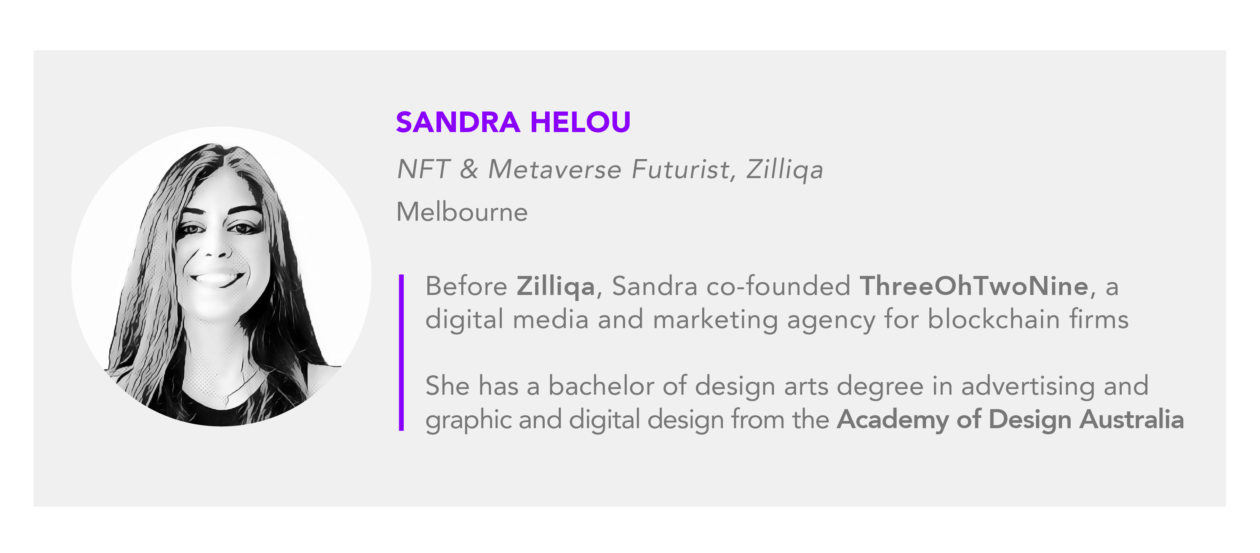In Neal Stephenson’s 1992 science fiction novel “Snow Crash,” the world was offered its very first taste of a parallel digital universe. Predating non-fungible tokens, the metaverse has been part of the literary and entertainment canon for almost 30 years now. Often depicted as a virtual escape from the limitations of reality, the metaverse is seemingly a logical next step as we look at where we’re headed as a society.

With so much of our lives already lived online — from our very own digital representations housed on social media platforms to the extent to which we rely on online marketplaces to shop for leisure or necessity — the infrastructure is already here. But as projects, startups and big firms alike hope to cash in on the metaverse trend, we must pause and ask ourselves: what are the risks in store?
Is this real life or is this just fantasy?
In South Korea, we’re now seeing the stirrings of a new phenomenon. With rising property prices, socioeconomic inequality and dismal career prospects following the devastating impact of the coronavirus pandemic, Generation MZ is hurriedly flocking to the metaverse. In the metaverse, buying and selling pockets of land suddenly becomes a very real possibility and when combined with real-world monetary value, it serves as a leveling force in a society where the odds aren’t necessarily fair.
Defined as the age group that grew up with digital connectivity since birth, Generation MZ combines both millennials and Gen Zs alike. This new segment of society has had to contend with the realities of an “untact” economy more than ever, as it pertains to a “contactless” state of affairs — befitting, considering the impact of a pandemic that has demanded social distancing.
Untact is a concept that describes “a future where people increasingly interact online and companies replace humans with machines to immunize themselves against the effects of rising wages and a rapidly aging workforce.” South Korea itself has already committed to becoming a leader in developing technologies and infrastructures for an increasingly untact world. Sure enough, its citizens are some of the world’s dominant users on metaverse platforms such as Earth 2 and Decentraland.
South Korea, as well as other markets such as the Philippines, where citizens have flocked to virtual worlds like those offered by Axie Infinity, show how persistent structural inequalities are driving people to seek out alternatives. It may not be a dystopian present just yet, but the catalyzing factors are similar. It’s a similar trend we’ve observed with digital assets, amid rising inflation, currency devaluation and economic instability — people will want to maximize their returns in the hopes of making any gains possible.
Deepening digital divides
In the same way, when it comes to accessing the metaverse, what of the inequalities that could potentially arise there? Much has been said about Facebook’s foray into the space, largely enabled by its Oculus business unit. Critics have been quick to point out that the entrance of big tech into the metaverse simply takes away from the core tenets of where the internet is already headed in terms of the rise of Web 3.0 — a more decentralized, equitable online ecosystem. With Facebook at the helm, the metaverse is likely to become but another opportunity to leverage ever-growing swaths of user data for monetization while harkening back to the same issues of surveillance and accountability in the virtual world.
Meanwhile, the growing inequalities we’ve already seen in terms of the digital divide may very well be magnified in the metaverse. Equal access to the same tools and infrastructures when engaging in immersive, continuous 3D landscapes will likely require not only a great deal of computational power but also high-speed internet access and top-of-the-line headsets. Similarly, with advertising likely being a key component of funding “closed” or corporate-backed metaverses, will inequality be determined by who can afford an ad-free version of a metaverse or whose avatar is of better quality? Do we not risk creating a new divide of haves and accessibility?
With so many aspects of life now being lived online, across education, career, and even dating, leveling these infrastructural access points to the metaverse will be critical.
A glitch in the matrix
French philosopher and sociologist Jean Baudrillard coined the term hyperreality, the state in which reality and simulation are so interwoven that we lose sight of the distinctions between the two. Baudrillard argues that eventually, the simulated world matters more than the “real” as it becomes the site from where all meaning and value is derived. Much like Generation MZ who now find that much more satisfaction can be achieved by flipping real estate in Decentraland, will there ever be a state in which we’ll only ever want to be plugged in?
Eventually, if it does become the case that the idea of the metaverse simply becomes reality in itself, what do we want it to be based on? If we look to “Snow Crash” as a cautionary tale, what we end up seeing is the rise of city-states ruled by the interests of big business — inequality ultimately prevails, and the metaverse instead serves as a virtual escape, an idealistic distraction from the ruins of reality.
We, as the collective blockchain ecosystem — whether that’s NFT projects, play-to-earn games, or virtual worlds — coupled with a growing number of programmers and UX designers around the world have the opportunity to create something really great. Empowered by an ideology of decentralization, we can develop a metaverse that is accessible, fair and beneficial to all, no matter who they are, and where they might be. Let’s not waste the opportunity, we don’t need to borrow from reality — instead, we can do more.




